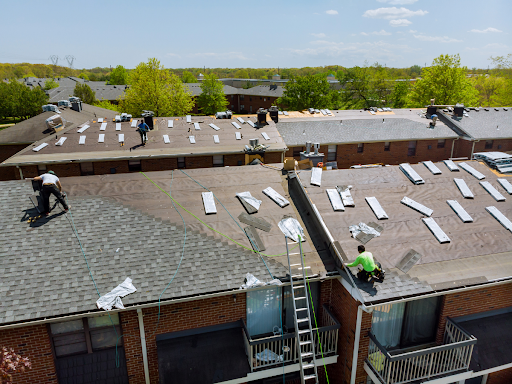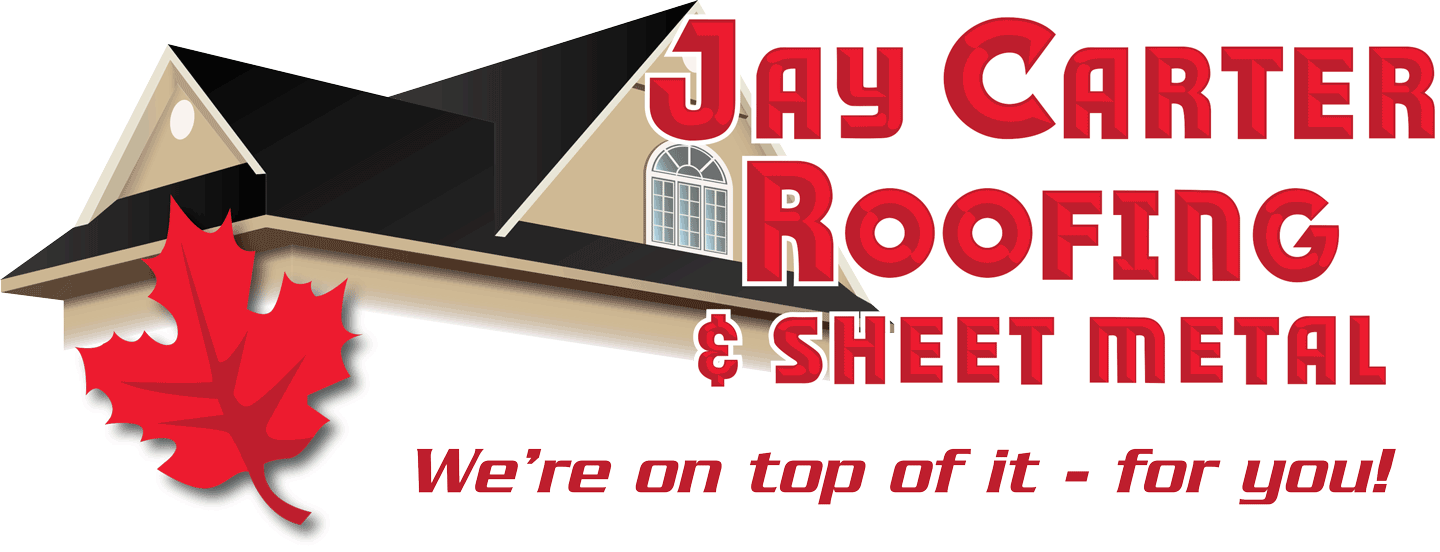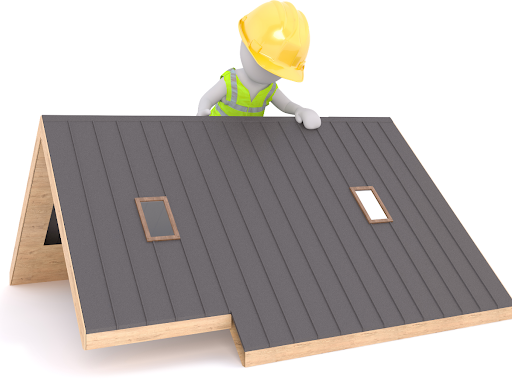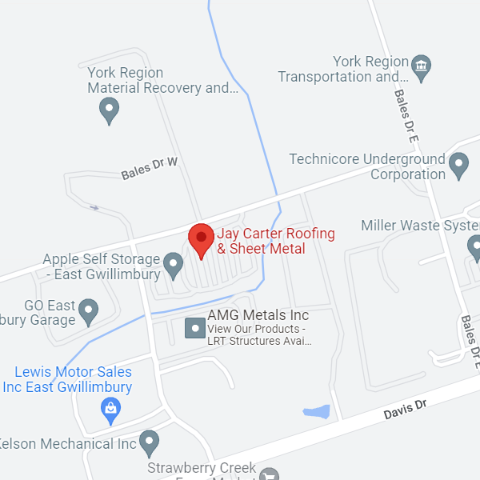Complete Guide to Metal Roof Maintenance – Roof Inspection Checklist
Interlocking metal roof systems, which are used all over the world, have several advantages. Their concealed fastening and clip design provide exceptional wind resistance while requiring little maintenance. Metal roof systems are among the most durable roof systems available. However, due to faulty installation or storm damage, older metal roofs may require replacement. When you need metal roof repair, call Jay Carter Roofing right away!
- Damaged Surface: The metal roof has been destroyed, exposing the underlayment. Replace the damaged panel or repair it with new metal and sealant.
- Roof Overlay: Installing the new metal roof over the existing roof is a standard method. This saves money but creates several possible issues. Moisture can become trapped over time, causing the roof system to “bake” and deteriorate quickly.
- Incorrect Offset: to guarantee optimum coverage, metal roofing requires a particular offset. Unfortunately, the vertical component of the overlap was incorrectly fitted, resulting in an erroneous offset.
- Short Fasteners: Installing metal roofs with short self-sealing screws. As a result, the roof is vulnerable to wind damage and blow-off. For correct fastening, follow the manufacturer’s instructions. The most susceptible place for blow-off is the cap flash at the hip and ridge.
- Angled Fasteners: should install fasteners perpendicular to the surface of the roof. Do not hammer the fastener heads straight in. They will rise somewhat and eventually destroy the roof system and enable seepage.
- Wrong Fastener Type: The chemical process known as “electrolysis” has happened. The fasteners and roof material are of a different sort. The fastener puncture will expand with time, allowing seepage. Repair the damage and replace the fasteners.
- Uplifting Fastener: Some fasteners were not fastened flush with the roof at the time of installation. The screws elevate as a result of their expansion and contraction over time. Water corrosion and seepage can be caused by “high fasteners.”
- Improper Tie-In: The “tie-in” is the point where your pitched roof meets the flat roof. This section is critical because it must properly blend two different roofing materials.
- Rusted Flashing: Steel metal flashings that are exposed to the elements may rust, which should have been painted and maintained. Today’s flashings are composed of galvanized metal, which prevents the steel core from rusting. Rust cannot be simply sealed over; it will continue to develop. Must chemically treat the rust before being correctly sealed. Because the rust is visible on the surface and flashings are critical to the integrity of your roof system, we recommend fixing the rusty flashing sections before seepage causes structural damage.
- Flashing Popped Up: There are gaps between the roof and the “L” wall flashing, allowing water to flow in. Re-anchor the “L” flashing and fill any gaps.
- Improper Flashing at Gable End: The flashing is on top of the barge rafter, not under it. The sealant will work for a time but will ultimately fail and need to be reapplied. Install adequate flashing underneath the barge rafter.
- Separation at Plumber’s Flashing: The roof is exposed where the plumber’s flashing meets the metal roof. Reorient yourself and apply a long-lasting sealant.
- Separation at Vent Flashing: The roof is open where the vent flashing meets the metal roof. Reorient yourself and apply a long-lasting sealant.
 Wall Flashing Behind Wall at Bottom: Wall flashing is used to safeguard against water infiltration by bridging the roof-to-wall transition. Water that streams down the roof and wall is captured and diverted to the roof’s edge by the wall flashing. The end of the wall flashing must be flared such that it protrudes past the siding/stucco. This allows water to flow directly below the wall surface and into the structure. This leak often takes longer to appear and may only be visible during heavy rains, allowing the water to soak long enough to be seen. Remove the old flashings and replace them with new ones. Repair and seal the siding.
Wall Flashing Behind Wall at Bottom: Wall flashing is used to safeguard against water infiltration by bridging the roof-to-wall transition. Water that streams down the roof and wall is captured and diverted to the roof’s edge by the wall flashing. The end of the wall flashing must be flared such that it protrudes past the siding/stucco. This allows water to flow directly below the wall surface and into the structure. This leak often takes longer to appear and may only be visible during heavy rains, allowing the water to soak long enough to be seen. Remove the old flashings and replace them with new ones. Repair and seal the siding.- Separation at seam: sealed the seam split with the incorrect material on top. In between the seams, remove the sealant and replace it with a suitable substance.
- Wall Open Cap/Couping Metal: Improper flashing is used to repair the cap metal. Install the necessary flashing and sealant.
- No Flashing at Transition: A flashing intended to transition between two different roof pitches is required. The initial installers utilized mastic, but failed. Install the necessary flashing.
- Edge Raised: The bottom edge is excessively high, causing water to collect at the edge. In addition, the fascia or gutter wing is too high, raising the roof’s edge. Take the roof apart, reposition it, and replace it.
- Loose Counterflashing: Reattach with proper fasteners.
- Gutter Inside structure: should have put the proper sealant between the gutter wing and the roof’s bottom edge. Downspouts and gutters must be kept clean at all times. Should review this region at least once a year. We propose adding a waterproof coating to safeguard the gutter before the zinc coating on the steel goes off.
- Gutter in Stucco: The sheet metal installer installed the gutter too close to the stucco paper when completing the home. Put the stucco around the gutter rather than behind it. The gutter joint might degrade with time, enabling seepage into the wall. Remove the gutter, trim the end back, restore the gutter end, waterproof the wall, and restore the gutter.
- Plastic Gutter: Plastic gutters do not include a wing. To direct the water into the gutter, the plastic gutter firm manufactures a plastic diverter. If it is not placed, the roof deck’s edge will suffer dry rot.
- Skylight/Flashing/No Overlap: The flashing does not extend high enough to allow the skylight frame to overhang the flashing, exposing the wood curb. This is a gap that will enable seepage. Remove the skylight and replace it with a counterflashing that overlaps the flashing on the side.
- Chimney Chase Leaks at Top: Typically, a chimney chase is a wood-framed box. The fireplace pipe runs through the box and out the top. Typical roof chimney flashings are installed first, followed by siding covering the framework and overlapping the chimney flashing. Finally, a metal top is fitted, allowing the chimney flue to vent to the outside air. The metal top typically contains a metal component that stops water from running down the aperture in the metal top. The flue typically has a collar that overlaps the metal piece on the metal top. Finally, the flue typically has a metal cap to prevent water from entering the flue. Any of these pieces in this assembly can leak if they are not installed correctly or if they have degraded. Invest in all prospective faults and repairs.
- Broken Skylight: The time it takes for the plastic dome to degrade is determined by the quality of the plastic used to manufacture the skylight. Can occasionally change the dome. It is simpler to replace the entire skylight. Even with plastic domes, some manufacturers provide a lifetime warranty. Glass is more costly and heavier than plastic. Glass has a greater R-value and will endure forever.



